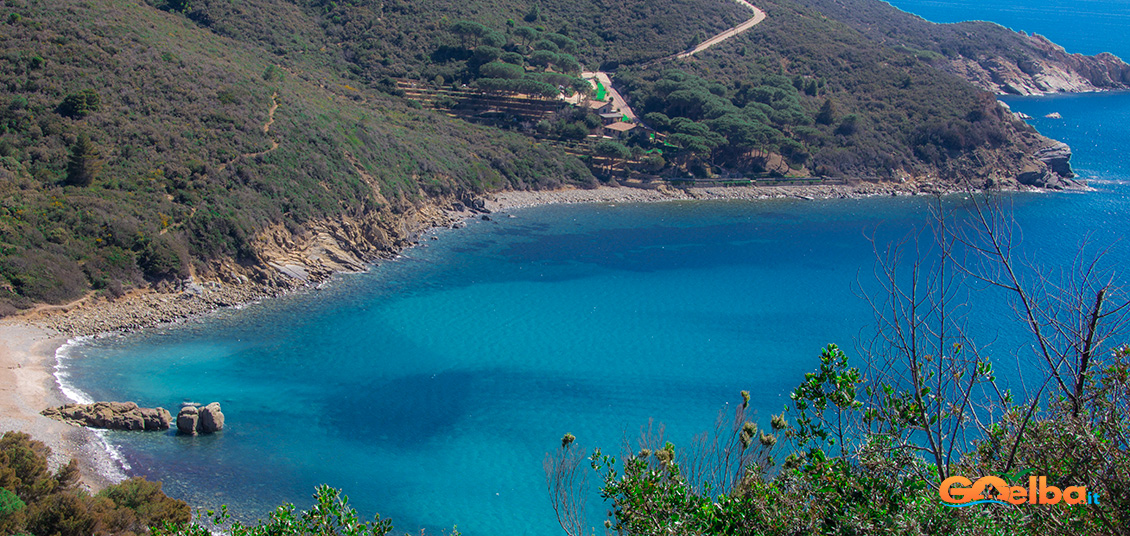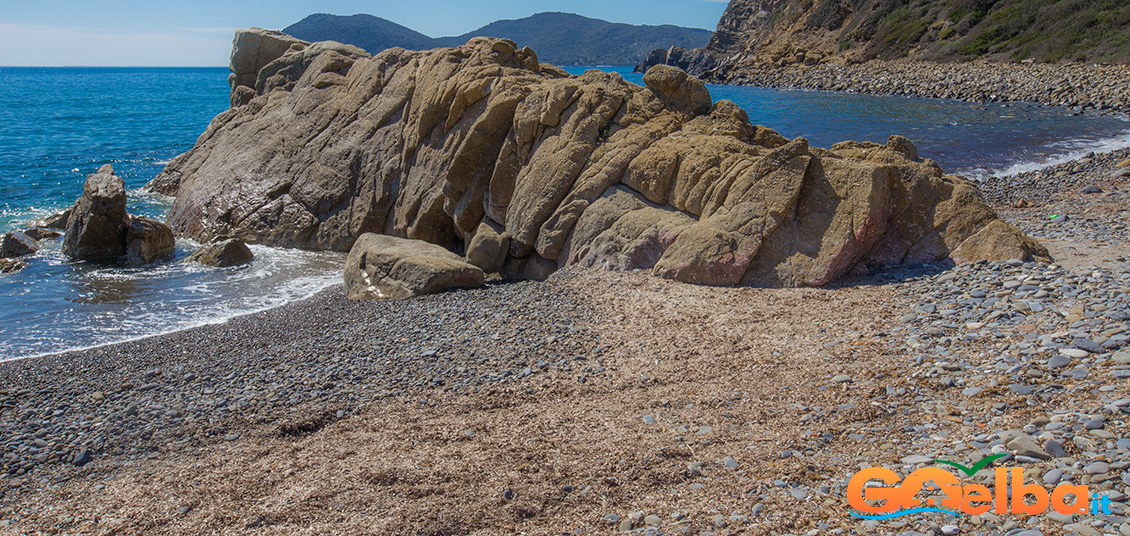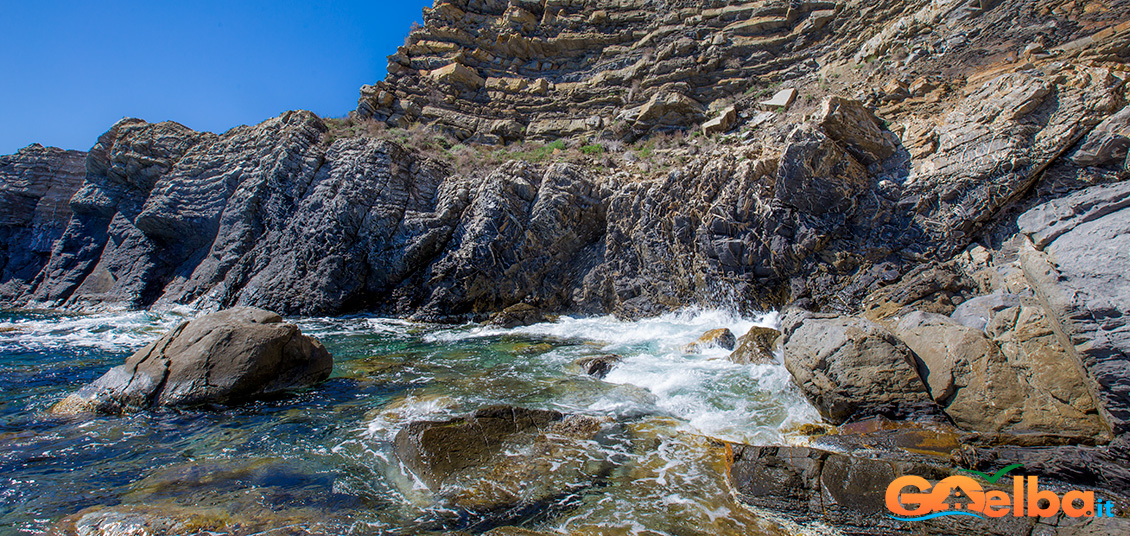Take the most touristic resort and the largest and most comfortable beach on the island of Elba, now imagine the opposite situation: this is Fonza!
A little training is enough to reach Fonza in 15/20 minutes, starting from Marina di Campo (the most touristic town and the largest beach on Elba!).
If instead you choose for the car, it becomes demanding, owning a sports car means letting go, the bottom is a dirt road that is usually not well maintained, more suited to 4 × 4 than normal cars, and then dust: 15/20 minutes of immersion in the dry Mediterranean climate after climate change.
But I want to reassure you: with my car, not a 4 × 4, I got there several times and without many problems, even if with a bit of dust on the car body.
Just as the beach of Marina di Campo is a comfortable stretch of sand that seems to invite you to laze on the shoreline, the wild nature of Fonza is revealed at the first meeting, with those granite boulders that divide the beach into two parts, on which you can stretch out your beach towel, but first you will have to put yourself under a soft mat, because here there is no sand, but gravel, from very fine ones to real boulders rounded by the waves.
So why go to Fonza?
After overcoming the discomfort of the route and the hardness of the initial impact, you will appreciate the contrast between Marina di Campo’s holiday excitement on the other side of the gulf, and the green hills above, stubbornly resilient despite the fires and drought ever longer and more intense.
It may be that at first sight you are intimidated (humans are so ephemeral!), the dark blocks of “burned” rocks by the contact of millions of years with the “young” granite below, which has decided to emerge right in the middle of the beach, as a reptile too old to take to the sea.
Although it is an impressive natural spectacle, I do not advise you to go on foot, as I have done so many times, to visit the disturbing cliff formed by bundles of overlapping rocks that is found, back to the sea, on the left side of the beach, the landslide that has formed this lithic chaos, occasionally it sends some heavy messenger to the sea.
But you can swim there.
It’s worth it, for the dramatic and beautiful coastal landscape, and for the beautiful backdrop that you can admire swimming just a few meters from the beach.
The discomfort and the wild nature therefore do not discourage you, a visit and above all a swim in the waters of Fonza will reward every sacrifice, everything is so coherent and suggestive that I hope it remains as it is, white road including and above all I hope that the cement doesn’t spread in this corner of natural harshness that acts as a counterpoint to too much of the major tourist centers.
And then even the most rugged nature never creates sadness, it is rather the obtuse human “stupidity of power” that, as I see it, is responsible for that thread of restlessness that lingers on the beach of Fonza.
Unlike what you can read on a reassuring lazy sign right on the beach, here was the landing of an important and bloody landing (perhaps useless, since on 4th June there was the landing in Normandy and the Germans who occupied Elba Island were preparing to leave for Germany), precisely on 17th June 1944.
The French troops had tried to land on the most comfortable Campo beach, but having found it completely mined (at least 500 Senegalese soldiers, well drugged by their comrades) jumped on it, they opted for Fonza Beach, from there the troops spread around the island and in three days, in addition to 1,700 deaths among the soldiers, there were 191 rapes, looting and violence of all kinds.
The time, like the wind that lashes out the ancient black cliffs of Fonza, has purified the sad memories with the undertow and the silence of its rocks, allowing people, who wish it, to find themselves in this environment that inspires contemplation and research of a sense where perhaps there is no sense.







